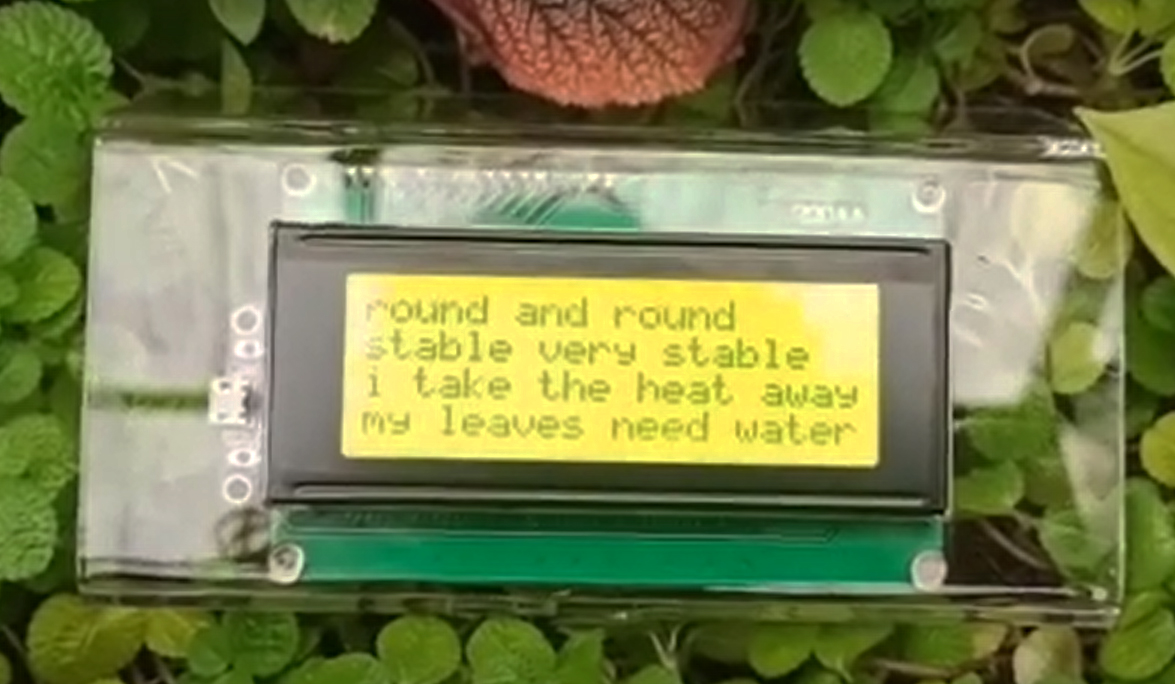On February 8, 2022, the Museum of Contemporary Arts named after S.P. Diaghilev presented an exhibition accompanied by an interview film about the interdisciplinary science-art project “To be the wind for the tree” by Natalya Fedorova, a media artist and lecturer at the Faculty of Liberal Arts and Sciences. The project is inspired by the Herbarium of the Botanical Garden of St. Petersburg State University and was created in external partnership with the Smart Urban Nature laboratory of RUDN University, the laboratories of the Art & Science program of ITMO University and the Forestry Engineering Academy.
Science-art is currently a rapidly developing direction of the latest art at the junction with advanced scientific knowledge. The project is based on the idea of the Internet of Trees, which will make the physiological processes inside trees visible and understandable to humans, and, accordingly, appreciate each tree as a source of life and an integral part of the ecology of the city and the environment as a whole. This poetry generator collects sentences based on data from the TT+ (Tree Talker) sensor, developed by the Smart Urban Nature laboratory team led by Nobel laureate Riccardo Valentini. The operation of the sensors verbalizes all the life processes that occur with a tree: the way the sap rises and falls along the trunk, the humidity of the trunk, air and soil, the vertical position in three coordinate axes and how the tree feels gravity and wind, twelve spectra of light from which leaves receive nutrients.
The central object of the project was the legendary oak tree of Peter the Great. The exhibition by N. Fedorova is the first in a series of expositions that the Diaghilev Museum has developed in collaboration with other museums and faculties of St Petersburg University.
At the presentation of the exhibition, the author of the project, Natalya Fedorova, emphasized the integral role of science not only in everyday life, but also in art in particular:
Today, if we define art as the most reliable and accurate way to talk about reality, then it becomes more and more difficult to talk about reality in such a context without mentioning technology.
The collaboration at the intersection of science and art turned out to be the first and exciting experience for the Smart Urban Nature laboratory. Moreover, lab’s researchers are glad that a technical device invented for scientific purposes can serve the art world in order to express the validity of nature and the importance of appreciation of trees’ health as a source of life.

